Ever since picking up a PlayStation Portal, I have been jumping into a mixture of indies I had no time to play last year and classic JRPGs I’ve been meaning to play for decades.
Atop that list is Final Fantasy 8, a game I promised to play last year thanks to the voice actor Ben Starr’s undying love for the game and then shamefully ignored. I’m sorry it took this long, but I am finally committing to giving this underrated classic the respect it deserves. I’m learning to appreciate its unique battle system, getting to know its characters, and appreciating the utter beauty of its pre-rendered backgrounds.
Final Fantasy Pushed The Original PlayStation To Its Limits
When the original PlayStation arrived in 1994, we were still in the infancy of 3D graphics. It wasn’t uncommon to see textures warping and falling apart at the seams as developers put their first truly 3D experiments out into the world, while the majority of characters were stilted and unrealistic. Back then, however, we had never seen anything like it before, with so many games pushing boundaries and showcasing exactly what the new console (and gaming as a whole) was capable of. When Final Fantasy 7 broke cover in 1997, Squaresoft had a lot to prove.
Before the seventh mainline entry, every Final Fantasy experience had existed on an entirely 2D plain, with battles, cinematics, dialogue, and each part of each game played out the same way. With Final Fantasy 7, the PlayStation presented an opportunity to turn these epic titles into something more. Games defined not only by memorable characters, stories, and myriad different battle systems, but blockbuster cinematics and worlds so vast and real people could reach out and touch them.
But Final Fantasy 7 still came with its compromises. Character models outside of battle were weird, polygonal figures with minimal expression, and were touched on by critics at the time. But in the years since, they have become classic parts of the game, so much so, that figures have been released for character models which at the time were products of necessity. Such elements would improve massively with Final Fantasy 8 and 9, where all the pre-rendered backgrounds that brought their worlds to life grew in sophistication.
Years Later, Final Fantasy 8 Still Looks Marvellous
The pre-rendered nature of Final Fantasy’s PlayStation environments are so iconic because they perfectly preserve a feeling of place and time. They aren’t a mess of pixels, but delicate paintings that explore the sophisticated design of places like Nibelheim, Balamb Garden, or Alexandria. Places we will come to know and love over the course of these adventures and appreciate in ways that primitive 3D graphics would never have allowed for. Playing versions of these games without mods does make a lot of them quite hard to make out, yet rarely will this take away from the sense of majesty. If anything, it makes you look harder for details.
If you are planning on replaying Final Fantasy 9 on PC, the Moguri Mod is essential. It is a night and day difference when it comes to presentation.
Over the years, I’ve memorised most of the locations in Final Fantasy 7 and 9, but 8 is mostly a mystery. So each new location I visit has me running across every spot of traversable land in search of secrets, hoping I might stumble upon a new screen to wander into or some little bits of treasure to unearth. Most of the time there is nothing to satiate my curiosity, but that’ll never stop me from trying. These games are gorgeous, and playing on Portal has me half tempted to boot up the PC version and install some mods, so I can see these places in all their glory.
Even if I don’t, there is something nebulous and beautiful about a game this old still having such a striking visual identity, one filled with life, meaning, and lore you can’t help but try to decipher on your own terms. One thing that really blew me away, and it shouldn’t when you stop to consider how far video games have come in recent years, is when 3D models begin to interact with pre-rendered environments as they are one and the same.
During an early sequence, you storm the beach as part of your SeeD exam as a boat crashes onto a beach during a cutscene, only for you to emerge from it as a controllable character in the very same instance. How this is possible still boggles my brand — two dimensions seamlessly blending together in a way that simply wasn’t possible before.
Final Fantasy 10 would see the series embrace fully three-dimensional environments for the first time as it moved onto PS2, and part of me can’t help but mourn what we lost as games took advantage of more powerful technology. Pre-rendered backgrounds might have been used because 3D visuals weren’t up to scratch in the late 1990s, but the locations we saw come to life as a consequence will live on forever.
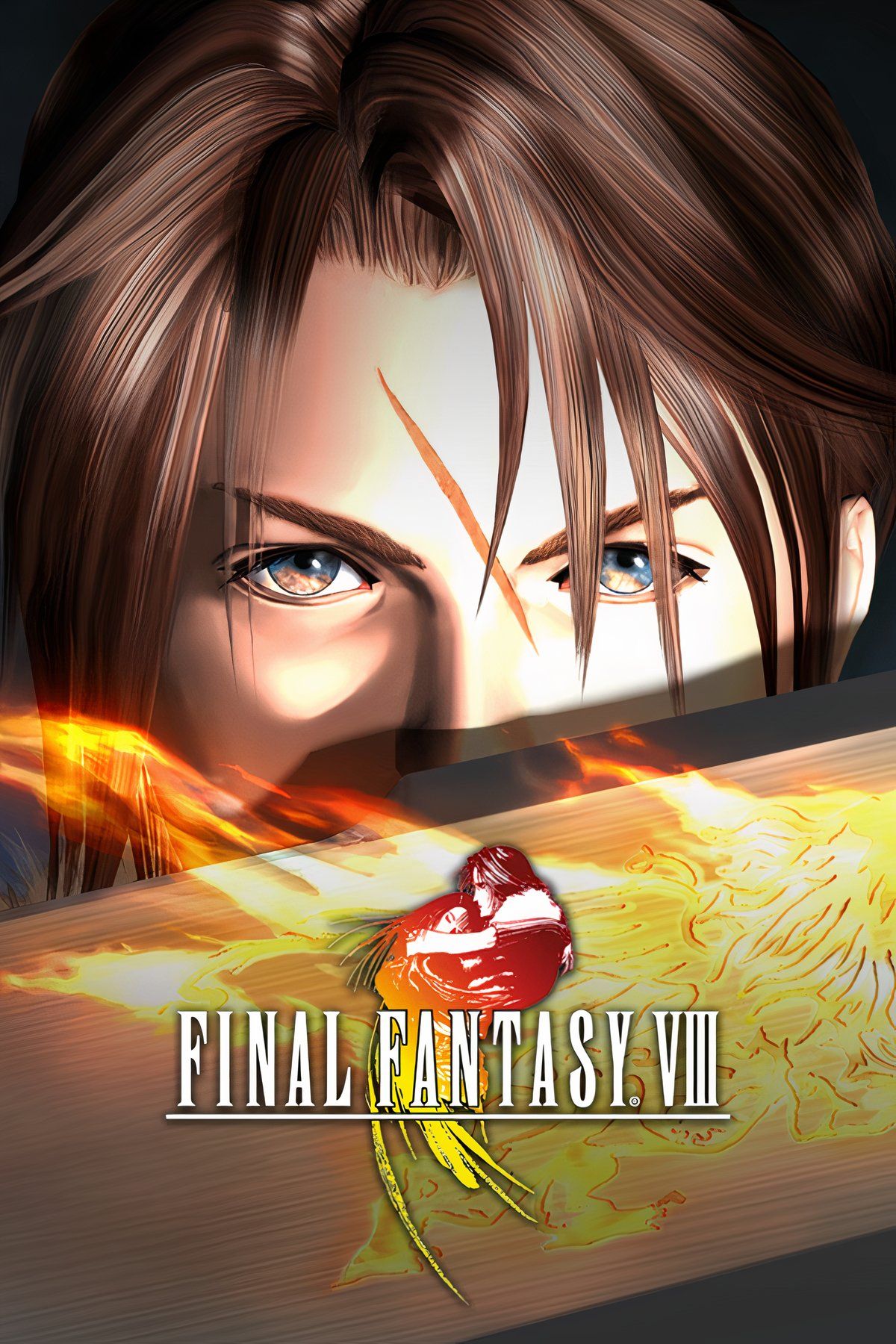
Final Fantasy 8 was first launched in 1999 for the original PlayStation. It follows Squall Leonhart as he bands together with a party of characters to defeat a time-travelling sorceress intent on compressing time itself.
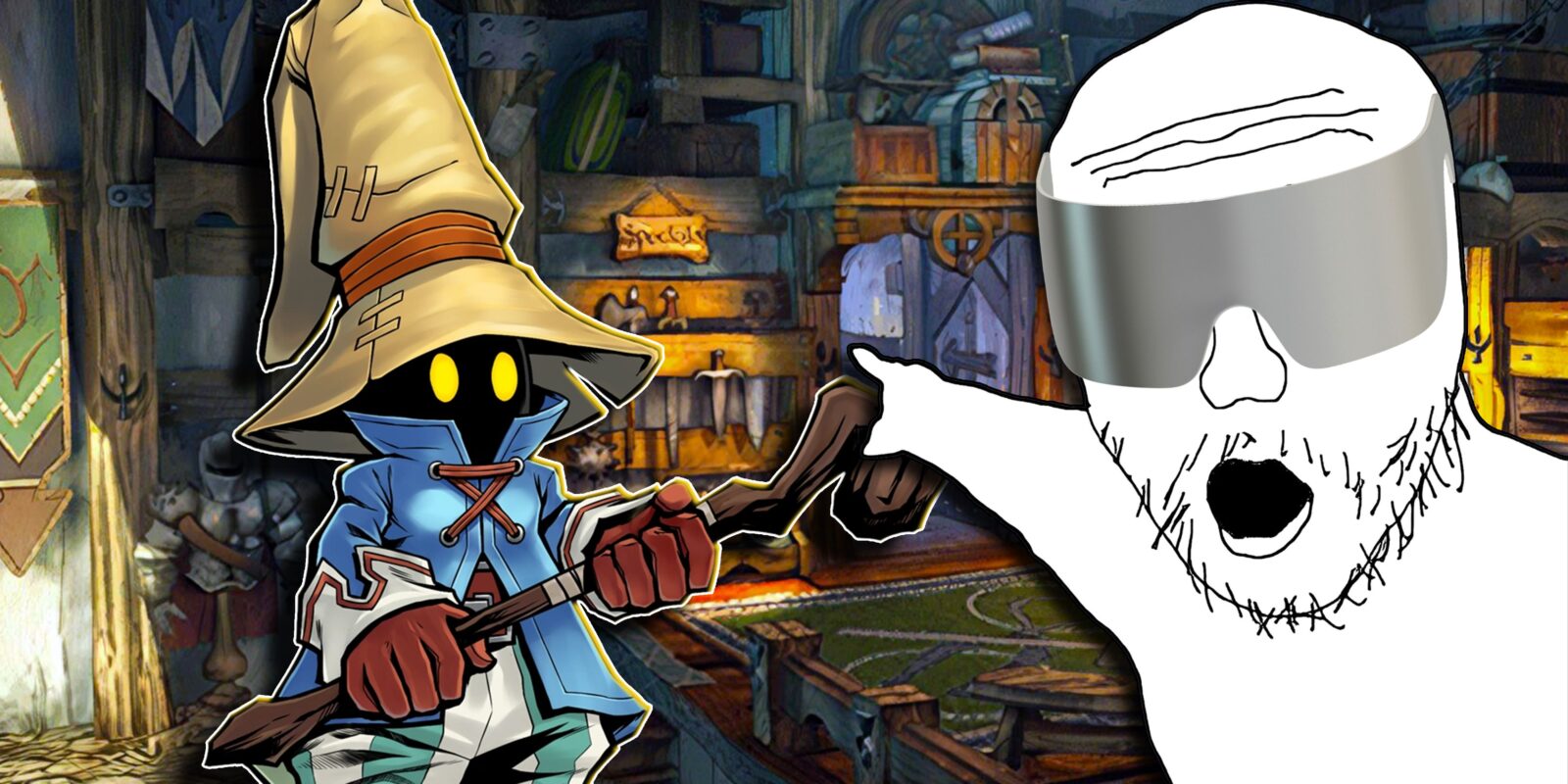

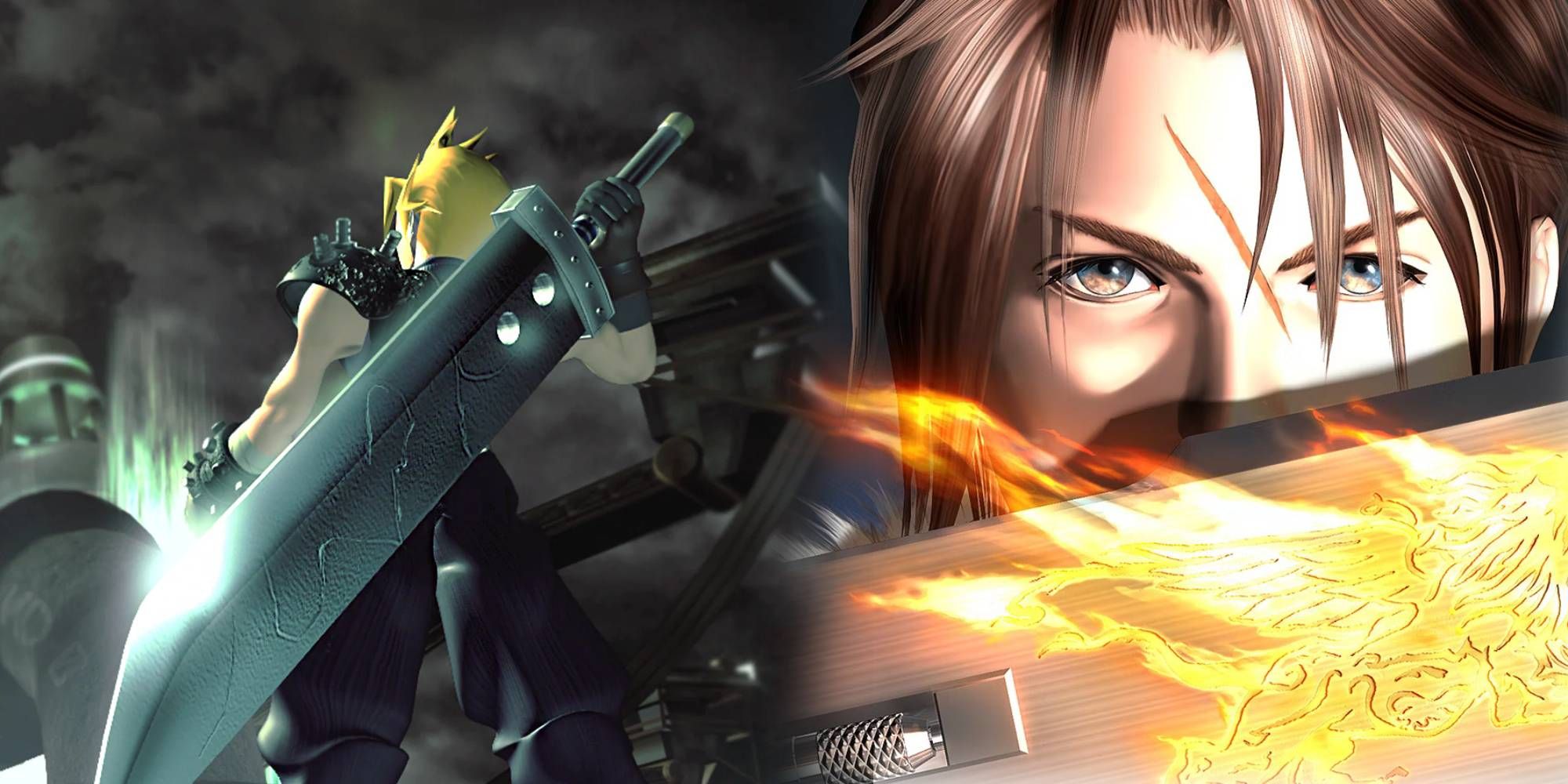
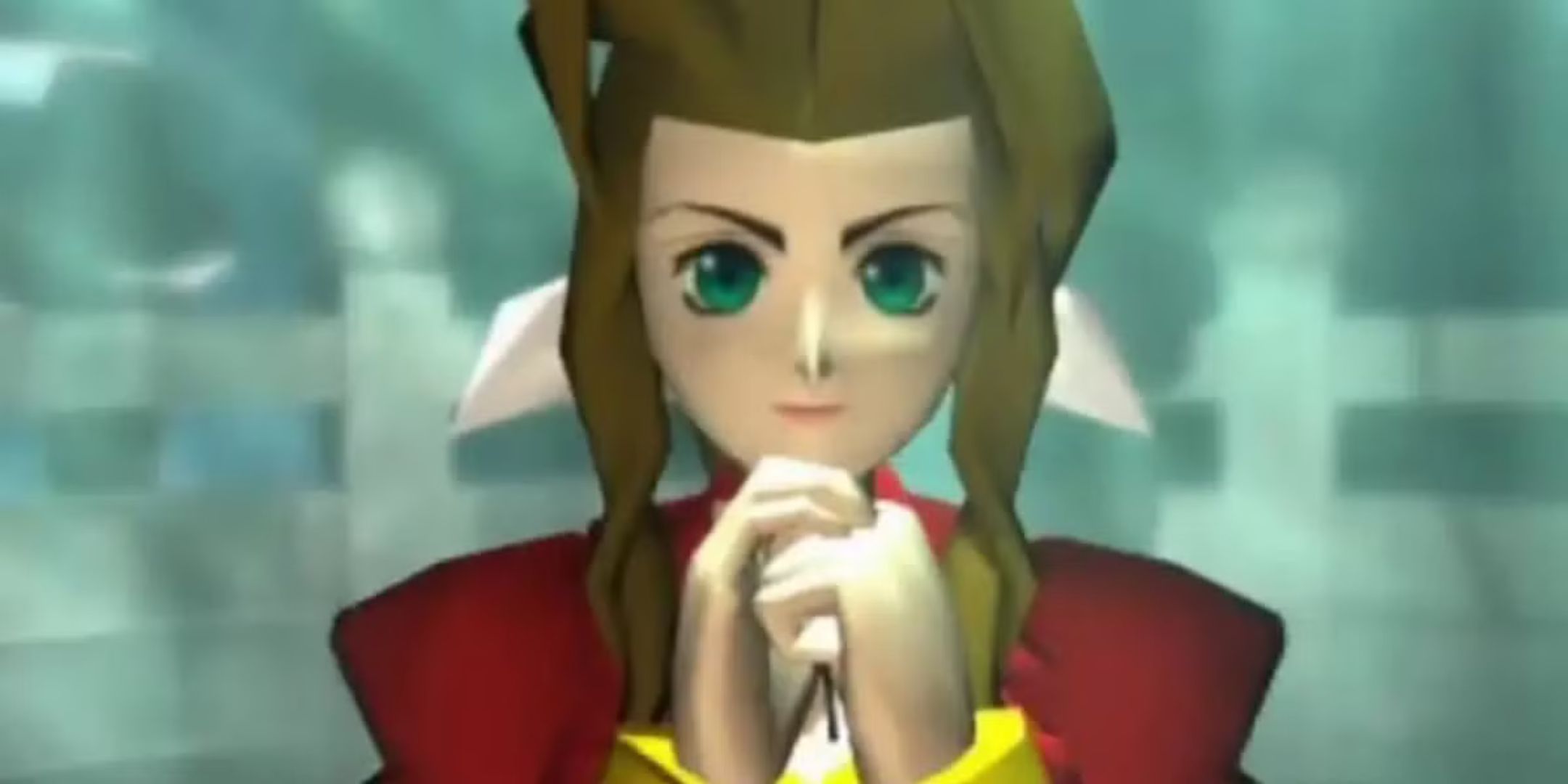
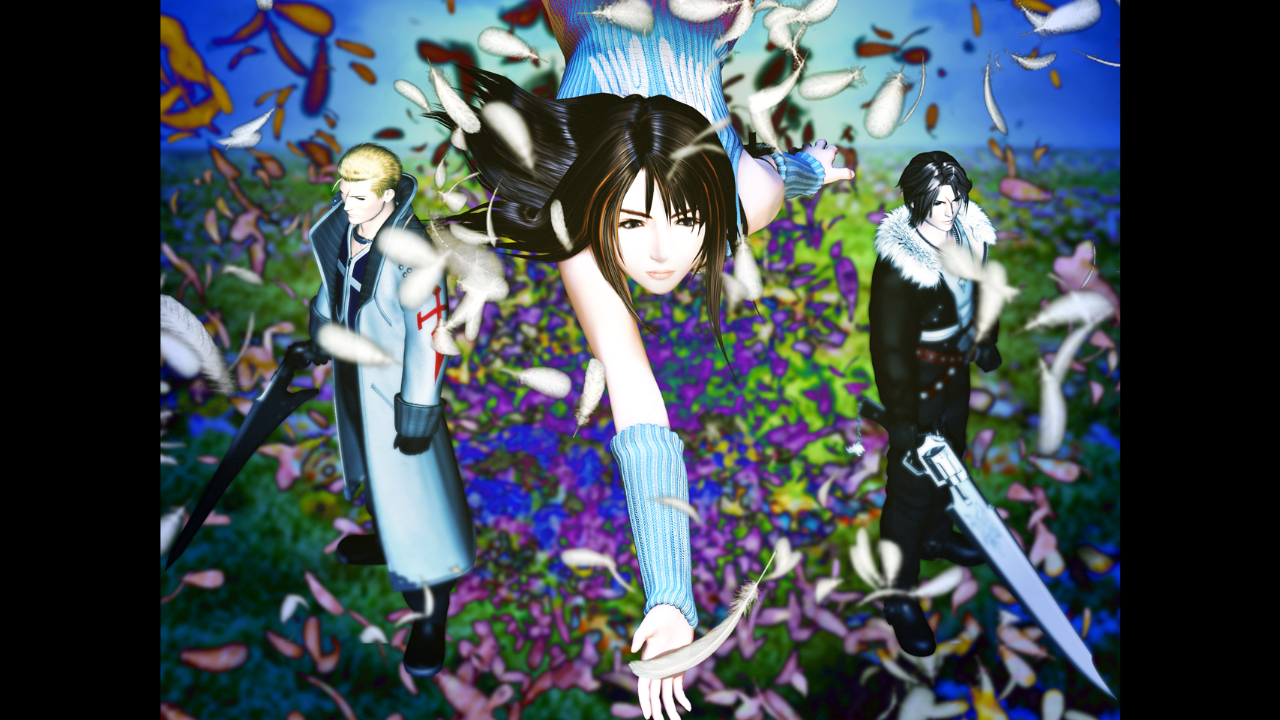
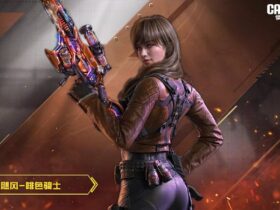


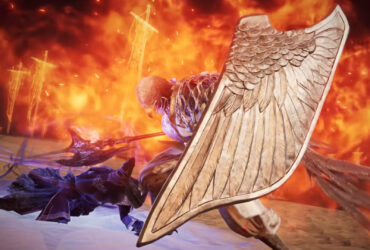

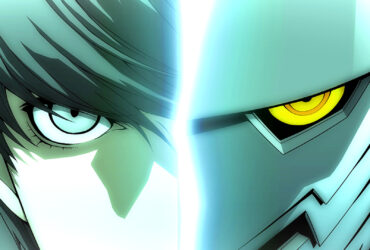
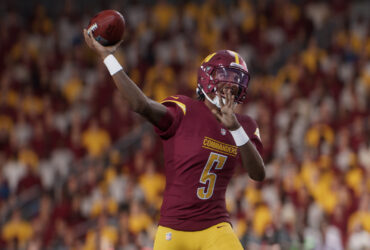


Leave a Reply